FORWARD HEAD POSTURE
What is a Forward Head Posture?
Forward head posture, sometimes called “Scholar’s Neck”, “Text Neck”, “Wearsie Neck”,” or “Reading Neck”, refers to a posture where the head appears to be positioned in front of the body.
Forward head posture is considered to be the most common postural deformity, affecting between 66% and 90% of the population.
A forward head posture (FHP) or poking chin involves increased flexion of the lower cervical vertebrae and the upper thoracic regions, increased extensions of upper cervical vertebrae, and extension of the occiput on C1.
The FHP is considered to co-exist with hyper-extension of the upper cervical spine, flattening of the lower cervical spine, rounding of the upper back, and elevation and protraction of shoulders. FHP may result in craniofacial pain, headache, neck ache, and shoulder pain together with decreased range of cervical motion, muscle stiffness, and tenderness.
If your neck slants forward, and your head pokes in front of your shoulders instead of resting directly above them, you likely have what is called forward head posture. This position can strain your neck muscles and load dozens of extra pounds of pressure on your cervical spine, increasing the risk of spinal degeneration.
Causes of Forward Head:
- Effect of gravity: slouching, poor ergonomic alignment.
- Occupational posture: forward or backward leaning of the head for long durations, slouched or relaxed sitting, faulty sitting posture while using a computer or screen.
- Result of other faulty postures like pelvic and lumber spine posture.
- Sleeping with the head elevated too high.
- Texting posture maintained for long durations.
- Lack of development of back muscle strength.
- Weakness of your neck muscles
- Previous neck strains or sprains
- Sleeping with your head elevated too high on pillows
- Frequently sleeping on a sofa with your head propped on the armrest
- Extended computer use
- Extended cellphone use (“text neck”)
- Prolonged driving
- Incorrect breathing habits
- Carrying heavy backpacks
- Participating in sports that involve the dominant use of one side of the body (i.e. golf, tennis, hockey, baseball, etc.)
- Certain professions are more at risk due to repetitive movements of the body (i.e. hair stylists, massage therapists, writers, computer programmers, painters, etc.)
Symptoms of Forward Head Posture:
- Muscle tightness
- Muscle ischemia, pain, and fatigue
- Decreased range of motion of the cervical spine
- Early disc degeneration and osteophyte formation
- Kyphosis (Excessively rounded shoulders)
- Neck tightness/pain
- Back pain
- Muscle spasms
- Restricted breathing
- Headaches and migraines
- Insomnia
- Sleep apnea
- Decrease height due to kyphotic posture
- Numbness and tingling of the arms and hands due to Possible protrusion of the nucleus pulposus and nerve compression
- Temporal mandibular joint (TMJ) pain and inflammation
Problems Forward Head Posture may cause:
- Osteoporosis (and related fractures)
- Poor shoulder mobility
- Cervical (Neck) spine arthritis
- Shoulder blade pain
- Bulging Discs
- Herniated Discs
This head position can lead to several other problems:
Increased stress on the cervical spine: As the head is held forward in poor posture, the cervical spine must support increasing amounts of weight. One rule of thumb is that for every inch that the head is held forward in poor posture, an additional 10 pounds of weight is felt on the cervical spine.1 So if the average head weighs between 10 and 12 pounds, just 1 or 2 inches of forward head posture can double or triple the load on the cervical spine.


Hyperflexion and hyperextension. : The lower cervical spine goes into hyperflexion with the vertebrae tilting too far forward. The upper cervical spine, however, does the opposite and goes into hyperextension as the brain automatically keeps the head up so the eyes can look straight ahead. This alteration of the cervical spine’s curve lengthens the spinal canal distance from the base of the skull to the base of the neck, causing the spinal cord and nearby nerve roots to become somewhat stretched.
Muscle overload. : Some muscles in the neck and upper back must continually overwork to counterbalance the pull of gravity on the forward head. As a result, muscles become more susceptible to painful strains and spasms.
Hunched upper back. : Forward head posture is often accompanied by forward shoulders and a rounded upper back, which can lead to more pain in the neck, upper back, and/or shoulders.
Effect on cervical spine:
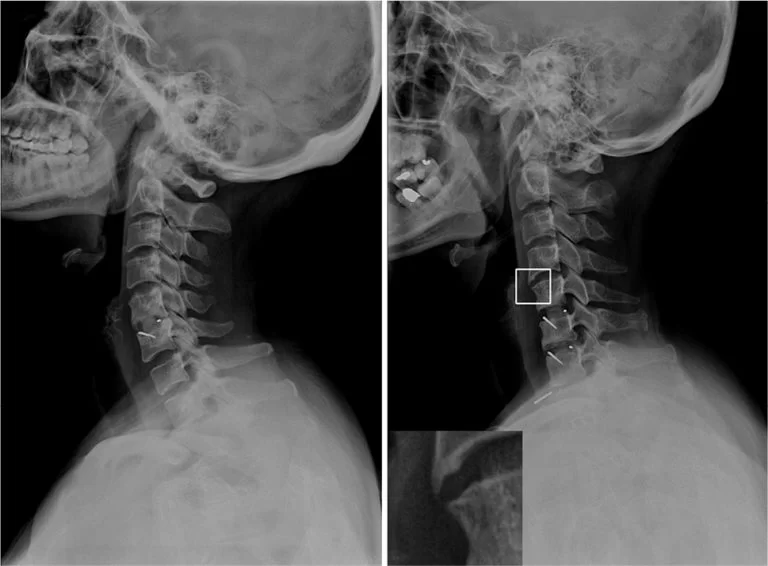
A healthy cervical spine has a natural lordotic curve, which gently curves forward from the base of the skull and then backward into the top of the chest/upper back. When the head drifts forward in poor posture:
The lower cervical spine goes into hyperflexion with the lordosis curve flattening out.
The upper cervical spine goes into hyperextension with the lordosis curve becoming more pronounced.
This unnatural, forward positioning of the head and cervical spine places additional stress on the intervertebral discs, vertebrae, and facet joints, which may exacerbate or accelerate spinal degeneration. Additionally, as the bottom of the cervical spine hyperflexes forward and the top of the cervical spine hyperextends in the opposite direction, the spinal canal lengthens through the neck, which increases stretching and tension on the spinal cord and nearby nerve roots.
Biomechanics of Forward Head Posture:
In FHP, the head shifts anteriorly from the line of gravity, the scapulae may rotate medially, a thoracic kyphosis may develop and overall vertebral height may be shortened. The features are as follows: there is an obliteration of the cervical lordosis and a compensatory tilting back of the head at the atlanto-occipital joint. In the posterior cervical muscles, there is stretching and weakness of Semispinalis cervicis and overaction with ultimate shortening of Semispinalis capitis. The corresponding flexor muscles in front, which is, Longus cervicis and Longus capitis shorten and lengthen respectively.
Measurement of Forward Head Posture:

Ruler measurement. This method involves the patient standing with his or her back to a wall, then the practitioner uses a ruler to measure how far the back of the head is from the wall. If the head touches the wall while naturally standing up straight, there is no forward head posture. The further the head is from the wall, the greater the degree of forward head posture.
Craniovertebral angle measurement. This method involves measuring the forward-facing angle at the base of the neck formed by a horizontal line and a line that goes up to the ear. While more complicated to measure, multiple studies have found the craniovertebral angle to be a particularly useful measurement that more closely correlates to neck pain and other symptoms related to forward head posture

Other method. Stand with your back towards a wall with your heels positioned shoulder-width apart. Press your buttocks against the wall and ensure that your shoulder blades are in contact with the wall.
Now, Squeezing your shoulder blades together can help you get your shoulders into a more neutral position and aligned with the wall.
Now, check your head position – The back of your head should touch the wall. If it’s not, you have a forward head posture and should do your best to correct it.
Physiotherapy Management:
- To Decrease Pain:
- Pain management advice
- Postural Alignment, Balance, and Gait:
- Cervical Retraction
- Scapular Retraction
- Balance Training ( If dysfunction presents)
- Range of Motion, Joint Mobility, and Flexibility
- Cervical Range of Motion Exercises
- Shoulder Range of Motion Exercises
- Cervical Traction
- Stretching Exercises of tight structures-
- Trapezius, Scalenes, SCM, Pectoralis Major, and Minor.
- To reduce muscle spasms:
- Myofascial release
- Ischemic Compression
- Positional release technique (to relieve tension headaches)
- Muscle Strength and Endurance
- Cervical isometric strengthening exercises (initial phase) progress to isotonic and dynamic strengthening exercises.
- Strengthening exercises for scapular retractors (Rhomboids, middle Trapezius).
- Ergonomic Advice:
- Correct the number of pillows used
- Postural corrections.
Exercise for Forward Head Posture:
- Sternocleidomastoid (SCM) Self Massage: This will release the SCM (Sternocleidomastoid) muscle, which tends to be overactive in most individuals.
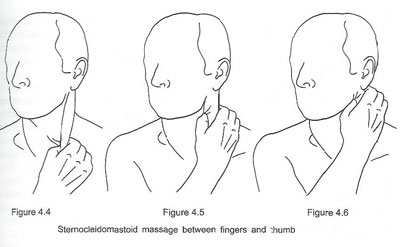
Begin in either a standing or seated position.
Locate your SCM (there is one on each side of your neck that runs from behind your ear to approximately the middle of your throat and connects to your collarbone – in a “V” pattern- and it will feel like a tight band of muscle).
You may find it helpful to turn your head in the opposite direction to find your SCM (i.e. turn your head to the right to locate your left SCM).
Once you locate the SCM, gently massage it by pinching it or pressing into it with your fingers.
Make sure to go up and down the whole length of the muscle.
Aim to massage the muscle for about 1 minute on each side of your neck.
NOTE: Avoid pressing too deep or you might hit other tender neck structures.
Avoid rubbing on any pulsating areas as these are blood vessels in the neck.
Neck Flexion (Suboccipital Stretch):

This will stretch the back of your neck muscles including the Suboccipital muscles.
First, tuck your chin in using 2 fingers of one hand.
Place your other hand on the back of your head and apply a gentle force down as you pull your head towards your chest.
When you feel a stretch at the back of your neck, hold the position for 20 to 30 seconds.
Repeat this stretch 3 times.
NOTE: Keep your chin tucked as you do this stretch.
Chin Tucks Exercise:
This exercise will activate and strengthen your deep cervical muscles (front of the neck muscles).
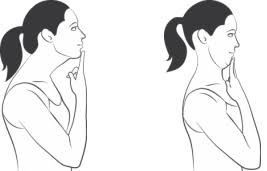
Place 2 fingers at the bottom of your chin.
Gently tuck your chin in and retract your head backward. At the same time, use your fingers to keep the chin tucked in the entire time.
Hold the end position for 3 to 5 seconds.
Relax your neck for a moment (Let the neck come fwd).
Aim for 2 to 3 sets of 10 repetitions.
NOTE: Your eyes should stay level and you should feel like the back of your neck is lengthening or “pulling up”.
Shoulder Blade Squeeze (Brugger’s Relief Position):

This exercise will activate and strengthen your low and mid back muscles including Low and Mid Trapezius.
– Position your feet and knees slightly wider than your hips and slightly rotated outwards.
– Maintain a chin tuck and raise your chest up, allowing your spine to be in a neutral position.
– Rest both of your arms down by your sides.
– Now bring your arms back and externally rotate them so that your thumbs are pointing backward.
– Hold this position for 5-10 seconds and release.
– Aim for 2-3 sets of 10-15 repetitions.
NOTE: Breathe normally as you do these reps.
9 Best Yoga Poses to Fix Forward Head Posture Video
Ergonomics:
Maintain correct posture.
Take breaks regularly.
Do neck exercises every one or two hours.


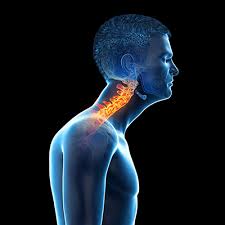
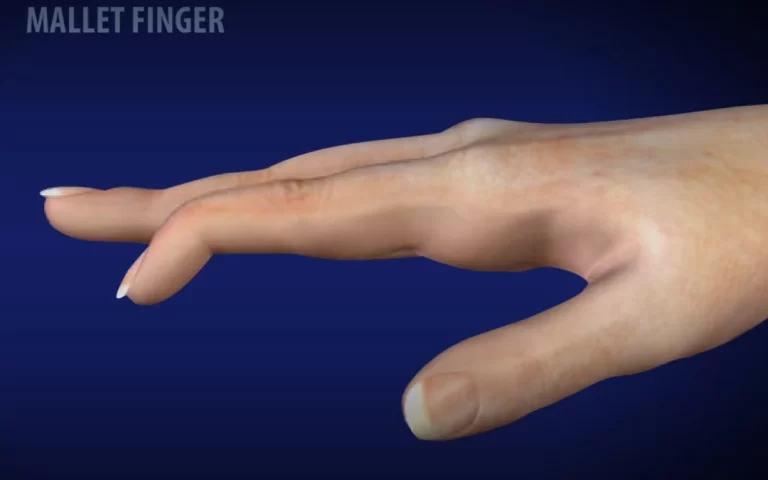
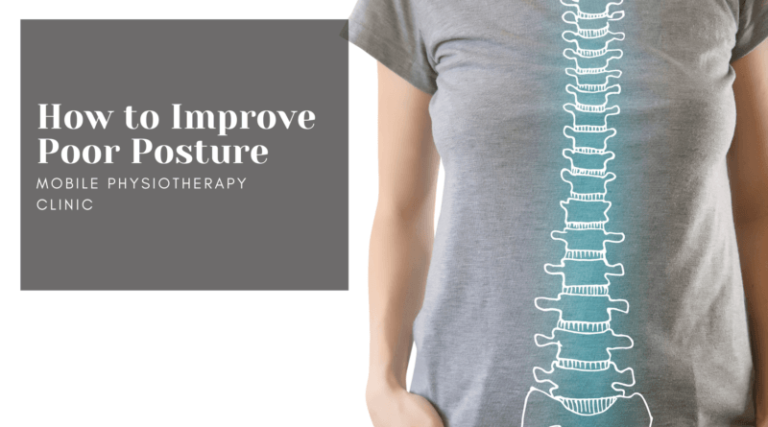
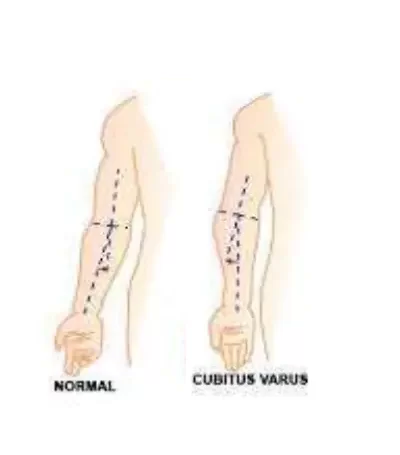
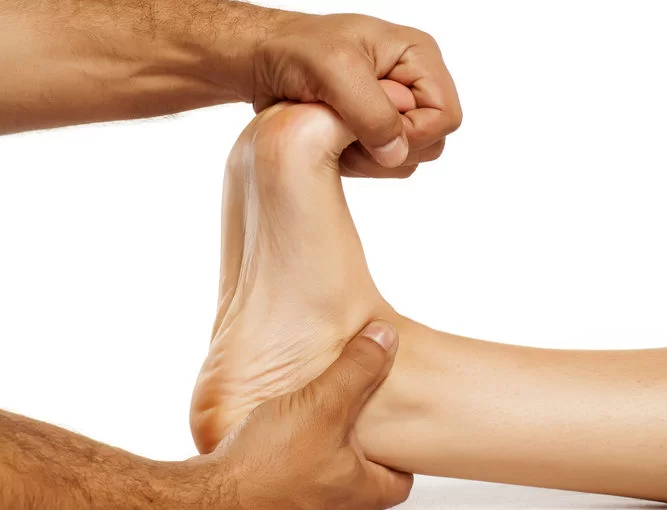
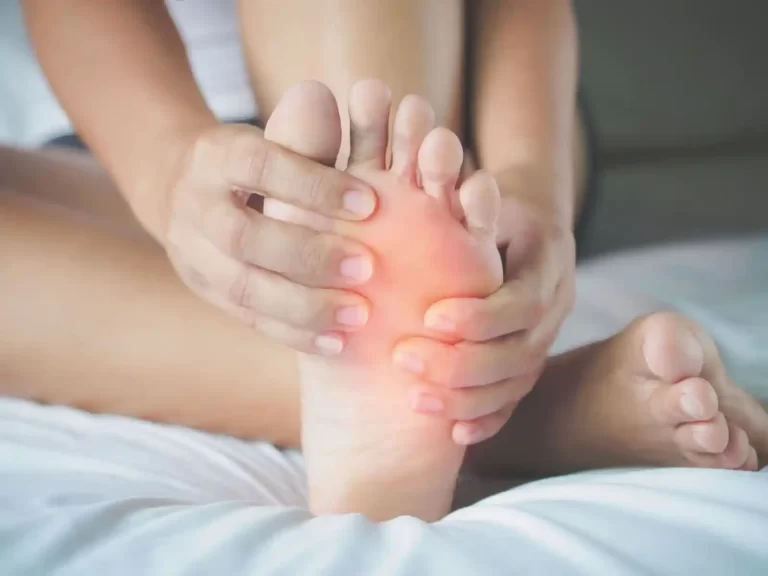
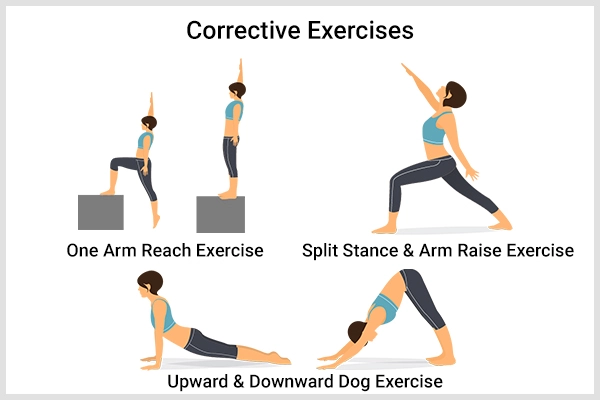
15 Comments